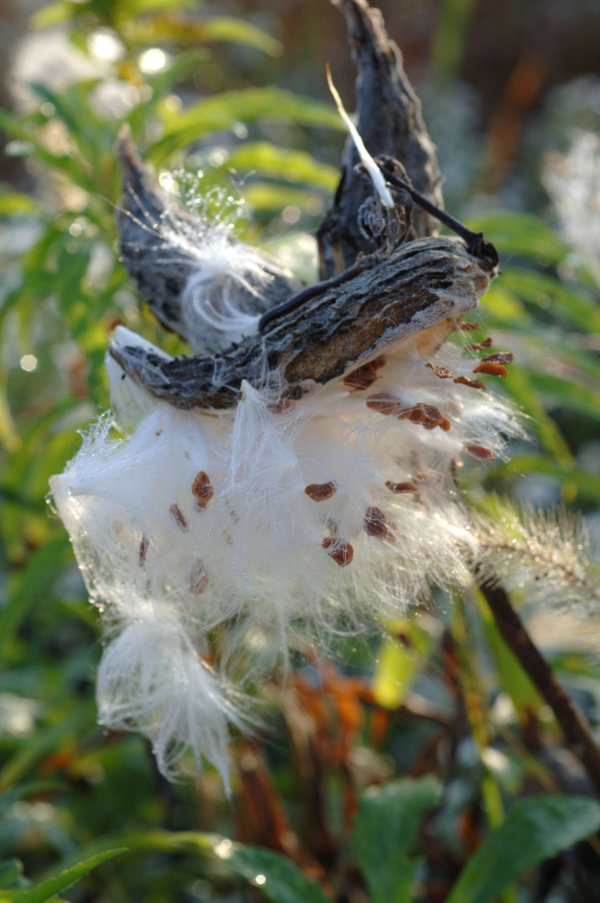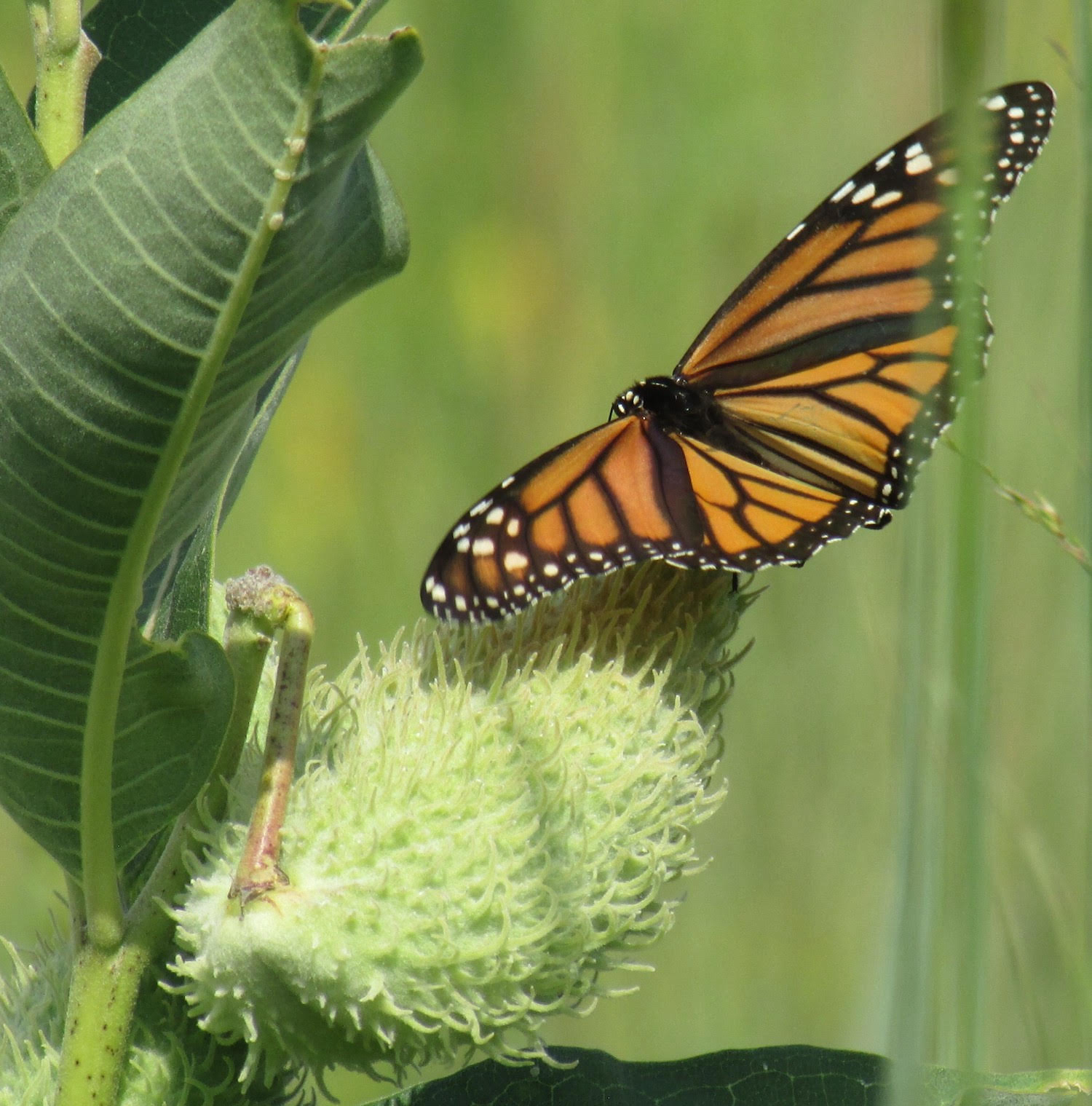Of Monarch Butterflies and Milkweed
By Glen Wunderlich
Charter Member Professional Outdoor Media Association (POMA)
Years ago, after attending an educational seminar on food plots for wildlife with speaker and farmer, Ed Spinazzola, I was excited to convert some neglected land into a deer magnet. However, there was an area of approximately one acre of weak, sandy soil with a low pH (or high acidic value) that would need improvement to become productive. After several years of battling noxious weeds amid the low-quality soil, I conceded the effort and expense to build up the parcel was futile and gave up on the notion. Fortunately for the Monarch butterflies, I had inadvertently stumbled onto a means to help save the interesting species by allowing one particular indigenous plant to flourish: milkweed.
This perennial plant is toxic to some wildlife, but is life-sustaining to monarch butterflies. In early spring, the monarch’s eggs are laid exclusively on these plants and hatch into caterpillars which feed on the plant. Two weeks later, caterpillars attach themselves to leaves or stems of milkweed plants and so begins the transformation to the unique butterfly. Our farmers don’t want to see the plant among their alfalfa fields, because of its poisonous nature; however, I can’t help but smile as I witness Mother Nature’s hand each year in what has become a fragrant haven to the butterflies and other pollinators.
Oddly enough, Michigan House Bill 4857 was signed into law last month, aiming to protect milkweed (explicitly excluded in the bill), while targeting many other noxious weeds for eradication in the state. Here’s the language of the enrolled bill: An act to amend 1941 PA 359, entitled “An act for controlling and eradicating certain noxious weeds within the state; to permit townships, villages, and cities to have a lien for expenses incurred in controlling and eradicating such weeds; to permit officials of counties and municipalities to appoint commissioners of noxious weeds; to define the powers, duties, and compensation of commissioners; to provide for sanctions; and to repeal certain acts and parts of acts,” by amending section 2 (MCL 247.62), as amended by 2010 PA 358.
I don’t know that growing government to the point of creating commissioners of noxious weeds will have any measurable effect on the butterfly population but I am committed to allowing nature to take its course in the matter. Although the migrating monarch is dependent on milkweed for survival, I find the milkweed valuable for another important reason: When the aromatic flowers fade, seed pods form and contain silk or floss, which can be used as natural wind indicators for wise hunters.
I merely wrap tape around the pods and wait for them to dry out and carry them afield when deer hunting. The seeds are easily stripped from the floss, if one is concerned about establishing milkweed elsewhere. The feathery floss can be viewed for a hundred yards or more and provides a visible indication of wind direction and currents well beyond one’s hunting stand.
Best of all, Mother Nature provides this hunting aid free of charge, and it is better than any store-bought gimmicks that only give arms-length feedback. With this valuable information, a hunter can determine where scent will intersect with a deer’s nose before it actually happens.
For entrepreneurs of any age (hint for kids), the seeds can be marketed on sites such as Ebay for substantial amounts with virtually no overhead expenses. Who knows if aspiring youngsters may not become commissioners of weeds someday?






